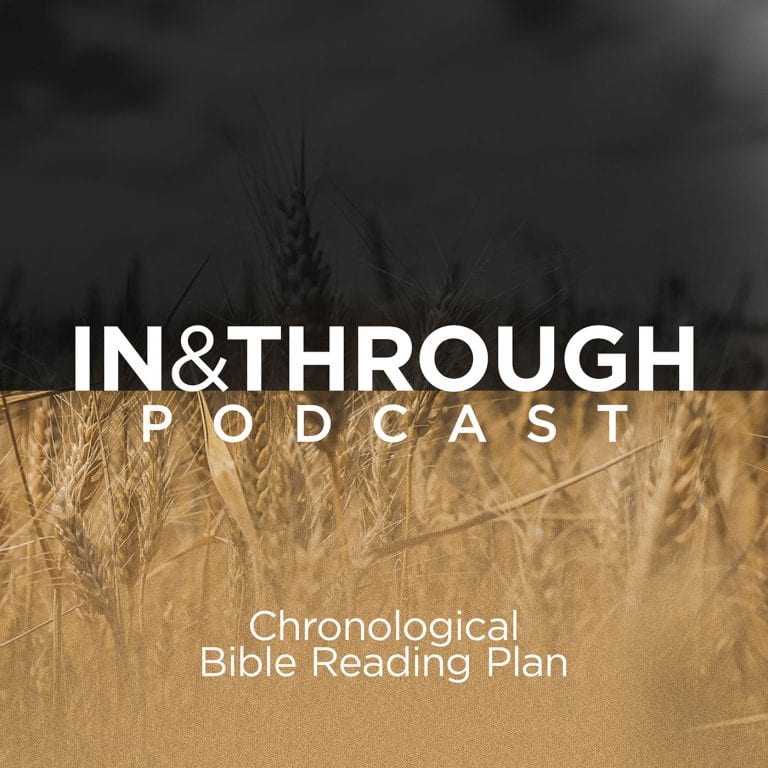In December the “mainstream” media often highlights the concerns skeptics have about the biblical Christmas. I thought I’d provide some answers to such questions in a series of online articles. I cannot cover all of the questions your skeptical friends pose, but I will tackle some of the main ones over this week. Here are a few introductory points.
First, please send me your questions and please pray for me.
No question is too foolish. Don’t say to yourself, “Everyone, but me probably knows the answer to this. I don’t want to look foolish. I do not want to waste your time.” Please send me an email anyway ([email protected]) and ask the question(s). I would love to hear your questions. Feel free to tell your friends about this. I’d love to hear both their curious questions and their questions which challenge the truthfulness of the biblical accounts.
As I have said many times, Jesus welcomed honest questions, so you (and I) should learn to welcome questions.
As I have said many times, Jesus welcomed honest questions, so you (and I) should learn to welcome questions. Please pray for me that I will be able to answer with clarity and respect.
Second, I will answer the questions concerning the biblical Nativity stories, not the stories of “Folk Christmas”.
When people read and/or teach the Bible, they often imagine what the scene was like. Some of these “imaginings” get put into songs, hymns, stories, and sermons. People sing the songs and recount the stories with the “imaginings” added. Over time these “imaginings” become for many people, part of the actual Christmas story. But these additions are not what the biblical accounts say, they are “Folk Christmas”. I have no expertise in the origin of folk stories connected to Christmas. I am going to stick to the authentic source documents. For your information, here are the principal sources: Matthew 1:1-2:23; Luke 1:1-2:40; 3:23-38. I should also add that there is a profound theological/philosophical reflection on the Nativity stories in John 1:1-18.
Third, there are “narrow” questions and “wide” questions, and I will only be able to deal with the “narrow” questions.
The “narrow” questions look primarily at what the Bible teaches. Does the historical record contradict the Bible? Are the biblical accounts even supposed to be historical? How can the accounts possibly be historical if there are angels and miracles? Aren’t there major contradictions in the stories? Were the accounts written so long after the events they purport to describe that they cannot be trusted? Weren’t the writers gullible?
“Wider” questions emerge out of the “big picture” or “worldview” reasons which lead people to dismiss the biblical accounts (or seek to radically redefine them). For some, the Bible’s view on LGBQT+ matters; its purported anti-semitism; its purported support of racism and slavery; its preposterous claims to miracles; its being “clearly anti-scientific”; its preposterous claims to being “the revelation” from God; its preposterous claims that Jesus is the only way to God, are some examples. Finally, there is another set of “big picture” challenges around claims that the biblical texts have been so corrupted over time that you can have no idea what the original text said. These and other “big picture” concerns will lead many to challenge what the Bible says.
At this time I cannot handle these “big picture” or better, “world view” objections. Those who listen to my sermons know that I often touch on some of these issues – so if you are reading this and do not attend Messiah, you can try listening to some of my sermons. Maybe some other time I will address some of these big issues in these short blogs.
I look forward to your questions. Please pray for me and for the church in Canada!























